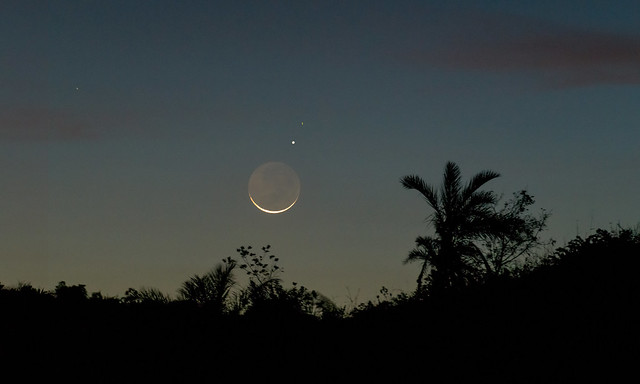Marianne Oelund
Veteran Member
Unfortunately, Zeiss glass is conspicuously absent from my collection of 50mm lenses, but many of you will find the models I have available for testing to be of interest, so here goes . . .
I am including the results for the 58G for comparison, followed by the Sigma 50 Art, Nikkor AF-S 50/1.4G, AF-S 50/1.8G, an old AI 50/1.8 and the PC-E 45 f/2.8:
The Sigma Art still does use under-corrected SA to soften background bokeh, but much less so than the 58G. The modest use of SA allows the foreground circles to have more interior brightness, which improves foreground bokeh, while still giving the background circles nicely softened edges. This is a nicely balanced design, in my opinion, and is clearly better than the other 50mm lenses shown below it. The only issue I might have, is that the foreground transition circles up to -20mm or -30mm are very ring-like with little interior brightness; in this range the 58G is doing better.
The Nikkor AF-S 50 f/1.4 is just weird. It somehow manages to have bright blur-circle rims in both foreground and background. Further, the foreground rings are not at the perimeter, but a little inside the circle, so they are still present at f/2. Bah! At least the background is looking better at f/2, but I cannot recommend ever using this lens at f/1.4.
The AF-S 50 f/1.8 is actually doing better than the f/1.4. It is putting more brightness into the interior of the foreground circles and doesn't have the pronounced rim brightness around the background circles. There is, however, significant asymmetry due to lens decentering - such is the kind of compromise one should expect with inexpensive optics.
The old manual-focus AI 50 f/1.8 seems to be the ancestor of the AF-S 50 f/1.4G, displaying the same inherent evils. As if that weren't bad enough, it also gives us a good dose of asymmetry and the heptagonal bokeh shape upon stopping down due to lack of curved aperture blades. Almost everything one could ask for, to produce the worst possible bokeh.
The PC-E 45 f/2.8 is nicely behaved, giving us foreground circles that are solidly filled in, and background circles with diffuse edges. Focal-plane sharpness is excellent. The only issue showing up here, is some asymmetry along the tilt axis; I will need to look into that and see whether the tilt centering detent is accurate.
--
Source credit: Prov 2:6
- Marianne
I am including the results for the 58G for comparison, followed by the Sigma 50 Art, Nikkor AF-S 50/1.4G, AF-S 50/1.8G, an old AI 50/1.8 and the PC-E 45 f/2.8:
The Sigma Art still does use under-corrected SA to soften background bokeh, but much less so than the 58G. The modest use of SA allows the foreground circles to have more interior brightness, which improves foreground bokeh, while still giving the background circles nicely softened edges. This is a nicely balanced design, in my opinion, and is clearly better than the other 50mm lenses shown below it. The only issue I might have, is that the foreground transition circles up to -20mm or -30mm are very ring-like with little interior brightness; in this range the 58G is doing better.
The Nikkor AF-S 50 f/1.4 is just weird. It somehow manages to have bright blur-circle rims in both foreground and background. Further, the foreground rings are not at the perimeter, but a little inside the circle, so they are still present at f/2. Bah! At least the background is looking better at f/2, but I cannot recommend ever using this lens at f/1.4.
The AF-S 50 f/1.8 is actually doing better than the f/1.4. It is putting more brightness into the interior of the foreground circles and doesn't have the pronounced rim brightness around the background circles. There is, however, significant asymmetry due to lens decentering - such is the kind of compromise one should expect with inexpensive optics.
The old manual-focus AI 50 f/1.8 seems to be the ancestor of the AF-S 50 f/1.4G, displaying the same inherent evils. As if that weren't bad enough, it also gives us a good dose of asymmetry and the heptagonal bokeh shape upon stopping down due to lack of curved aperture blades. Almost everything one could ask for, to produce the worst possible bokeh.
The PC-E 45 f/2.8 is nicely behaved, giving us foreground circles that are solidly filled in, and background circles with diffuse edges. Focal-plane sharpness is excellent. The only issue showing up here, is some asymmetry along the tilt axis; I will need to look into that and see whether the tilt centering detent is accurate.
--
Source credit: Prov 2:6
- Marianne



